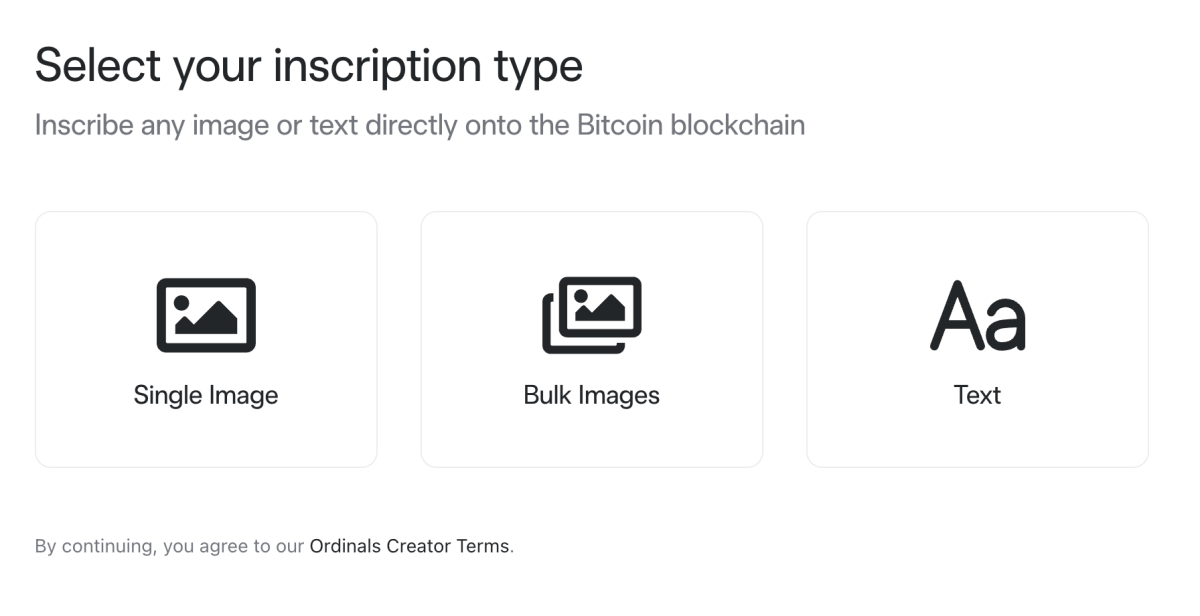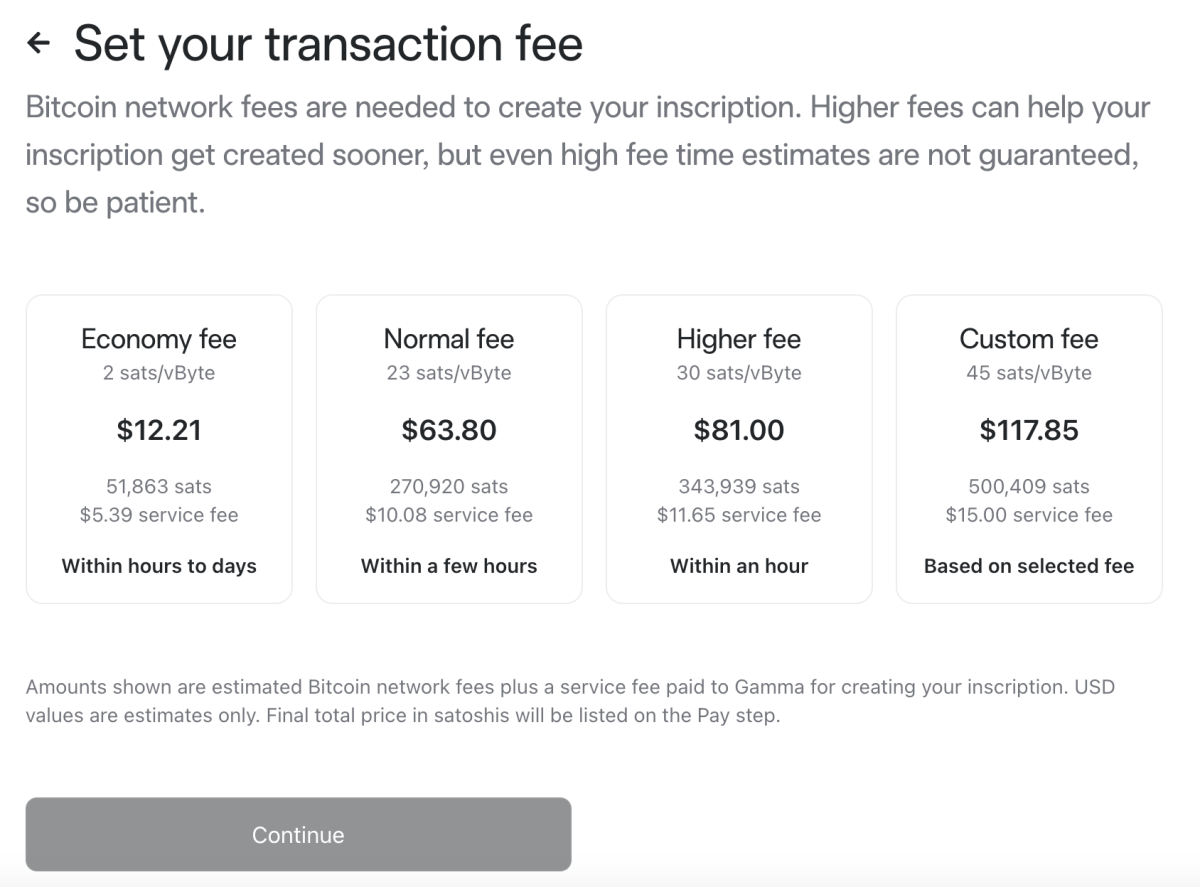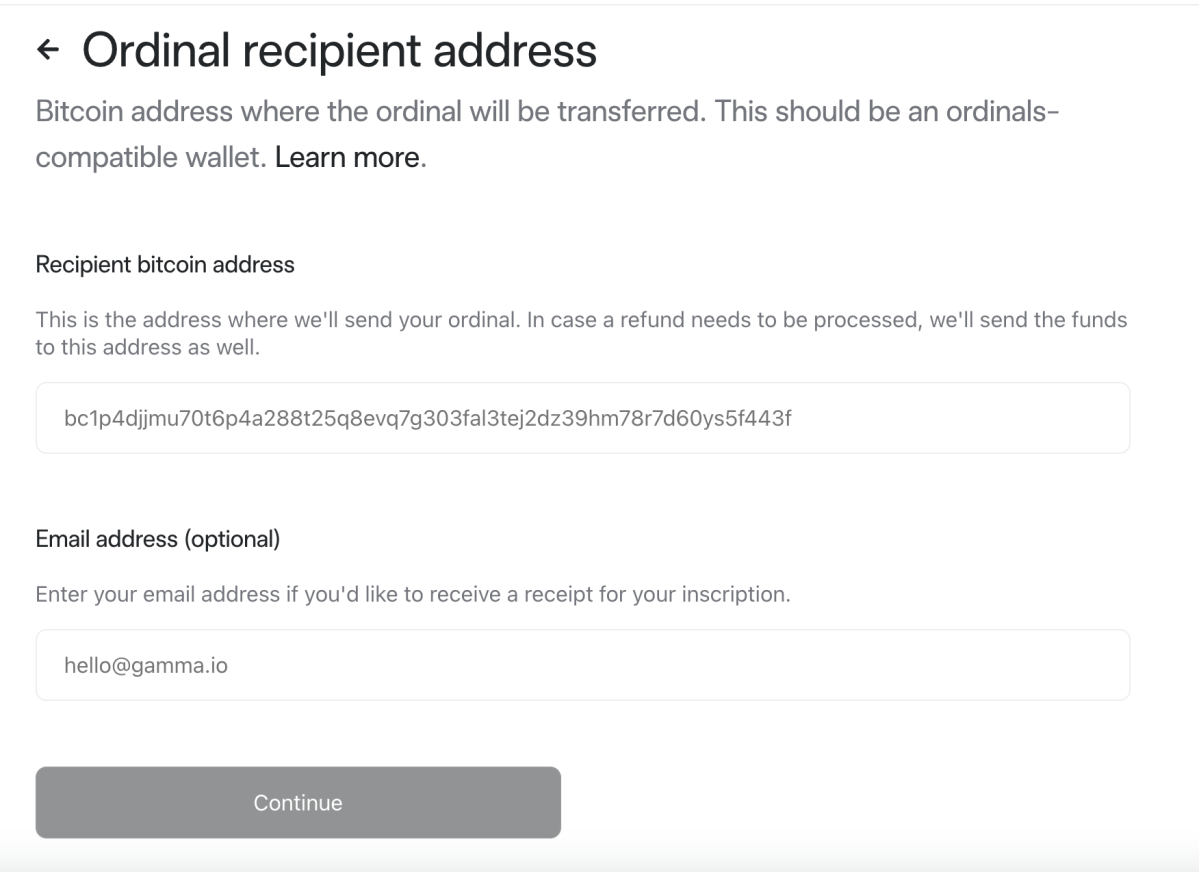Ordinal NFTs: Non-fungible tokens are already a fairly confusing topic, so its easy to understand the bewilderment that ensued when Yuga Labs — the company behind the Bored Ape Yacht Club collection — announced that they would be launching a new collection of what are called ‘Ordinal’ NFTs on the Bitcoin blockchain.
Quite simply, Ordinals are NFTs that are minted on the Bitcoin blockchain. To the uninitiated, this may not seem like a big deal, but in cryptoland this is kind of massive.
The Ethereum blockchain operates in a similar way to a giant programmable computer, allowing developers to create a variety of apps and smart contracts on its network, transferring value peer-to-peer. Because of this programmability, the Ethereum blockchain is home to the majority of NFTs today and serves as the foundational infrastructure for many of the apps that power the worlds of decentralised finance (DeFi), smart contracts, stablecoins and more.
In stark contrast to this, the Bitcoin network is far simpler and was only ever designed as a way of sending money from one person to another. The fact that Bitcoin was only ever designed to be a system for simple money transfer is part of the reason behind why the sudden introduction of NFTs to Bitcoin has caused such an uproar.
To help you wrap your head around the next big thing in the world of NFTs, here’s a quick breakdown of what Ordinals are, how you can go about ‘minting’ one and some insight into why so many Bitcoin enthusiasts hate them with a flaming passion.
A very brief guide to Bitcoin Ordinal NFTs
On January 21, a software engineer called Casey Rodarmor launched a new protocol on the Bitcoin blockchain dubbed ‘Ordinals’. He describes the whole process in a blog post and a subsequent twitter thread.
Casey Rodarmor believes Bitcoin NFTs trump Ethereum NFTs which often point to off-chain data on a decentralised file storage system functioning as a hard drive, called an Interplanetary File System (IPFS). Instead, Ordinals inscribe data directly on-chain.
You’ll have to bear with me while we sift through the technical stuff. Basically, Casey’s Ordinal protocol assigns the smallest possible unit of Bitcoin — which is called a satoshi and equates to 1/100,000,000 of a full Bitcoin — a sequential number.
After the satoshi is assigned its number, it can then be inscribed with data like pictures, video or audio. Once that transaction is processed on the Bitcoin network, the data becomes a permanent part of the Bitcoin blockchain and is viewable online.
Put simply, this new protocol allows people to mint NFTs on the Bitcoin blockchain for the first time in history. The introduction of this technology has been met with a mix of admiration and outright hatred.
How do you mint an Ordinal NFT?
Because Ordinals are brand new technology, there’s literally no ‘easy’ way to mint them. Still, the simplest way to do mint an Ordinal is to head over to Gamma.io, led by former Apple engineer Jamil Dhanani or Ordinals Bot for a ‘no code’ option. Fair warning this process is still incredibly complex.
Before you head over to one of the above websites, you’ll need to set up a Bitcoin wallet capable of sending BTC to what’s called a ‘Taproot’ address. You’ll also need to deposit around US$30 worth of Bitcoin to it to cover fees.
Here is a list of all the compatible wallets. Once you have this set up, you’re good to head over to one of the websites to get started. For this explainer we’ll be using Gamma.io, as its the simplest, most user-friendly option for minting Ordinal NFTs:
- First, you’ll need to select your inscription type. You can choose from images or text on Gamma.io.

- Upload your file or just type text straight into the browser if you choose the ‘text’ option.
- From here you’ll need to choose your transaction fee depending on how long you want to wait for your Ordinal NFT to be minted. If you’re not in a huge rush, opt for the ‘economy’ option which — at the time of writing — will set you back approximately US$12.

- The next step is the most technical part in the whole process. Here you’ll need to enter the Taproot-compatible Bitcoin address from your wallet. Take care with the step, because entering the wrong address will render the process pointless.

- Once you’ve paid your transaction fee you’ll need to wait anywhere from an hour to a few days for the transaction to be processed.
- After your transaction has been processed, you can look at your new Bitcoin Ordinal NFT through what’s called an ‘Ordinal Viewer‘.
Why do so many Bitcoiners hate Ordinals?
To put it very lightly, the introduction of Ordinal NFTs on the Bitcoin network received a ‘mixed’ response from the broader Bitcoin community.
The main reason for the ire directed towards Ordinals comes from concerns that the new NFTs are taking up valuable ‘block space’, something that the Bitcoin purists argue should only ever be used for financial transactions.
Blockstream CEO and Bitcoin core developer Adam Back was one such critic, lashing out at the Ordinals protocol for being a “sheer waste” of valuable block space. Back is one of the more vocal critics of Ordinal NFTs, but his opinion is one that is shared by many of the Bitcoin community.
One of the more prominent Bitcoin personalities, Dan Held is down with the new development, claiming that NFTs would increase demand and bringing further real-world use cases to Bitcoin.
Regardless of the widespread criticism directed at Ordinal NFTs, many members of the Bitcoin community seem to be changing their tune. Udi Wertheimer, a popular Bitcoin proponent on Twitter has created a Ordinals project called Taproot Wizards.
Wertheimer claims that the “meme-driven” phenomenon of NFTs on the Bitcoin network is one of the first real use cases the cryptocurrency has seen in a long time and critics would be wise to recognise that Ordinals are driving a new wave of interest to the network.



